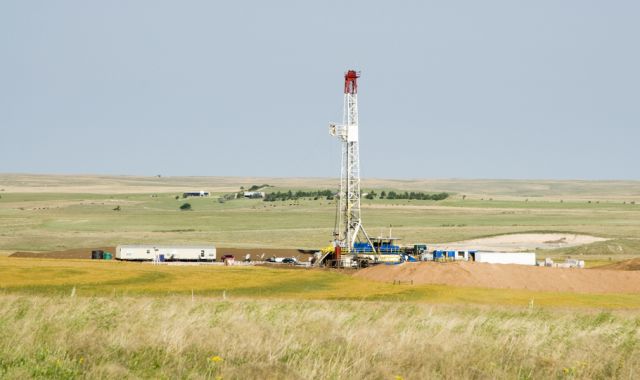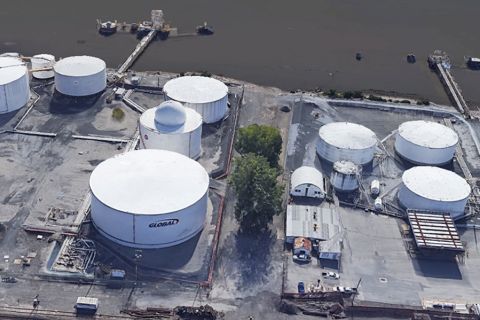
Learn more about Hart Energy Conferences
Get our latest conference schedules, updates and insights straight to your inbox.
In the early to mid-1980s the oil industry saw the Baker Hughes Inc. (NYSE: BHI) rig count plummet from 4,530 units in the last weekof 1981 to 663 rigs for the week of July 11, 1986. The number of rigs working in the U.S. oil patch never again came close to that number. During the same period, the number of oilfield workers took a major hit, and few of those workers returned to the industry.
That was the source of what is called today the “Great Crew Change.” The current downturn is going to exacerbate that problem as more trained workers who were laid off leave the industry for good.
Each time there is a major downturn, drilling rigs and pressure pumping equipment are cold stacked. Service companies tend to cannibalize the equipment to keep a few rigs and frack crews working.
“We expect a palpable impact from shortages of experienced oilfield hands, especially for drilling and pressure pumping. It could take several quarters for service companies to rebuild a sufficient human capital base to support a substantial ramp-up in drilling and completion activity,” according to an analysis by experts in the Center for Energy Studies at Rice University’s Baker Institute for Public Policy.
“Assessing Shale Producers’ Ability to Scale-up Activity” was coauthored by Gabriel Collins, Baker Botts Fellow in Energy and Environmental Regulatory Affairs; and Kenneth Medlock, senior director of the Center for Energy Studies. The issue brief, which was released Jan. 23, highlighted the challenges U.S. unconventional liquids producers will likely face during a scale-up. It also pointed out price and timing inflection points likely to broadly influence industry decision-making.
If West Texas Intermediate crude oil prices stabilize at or above $60 per barrel, operators are likely to increase production from drilled but uncompleted wells. Companies also will ramp up drilling and completing new wells if the higher oil price is sustainable.
“That said, the manner in which costs respond to any uptick in drilling and completion activity will serve as a check on pace, and not all regions will see the same level of interest as prices climb,” the authors said.
That can be seen in the Baker Hughes rig count for the week ending Jan. 27. With 291 active rigs, the Permian Basin leads the nation. That is 109 rigs ahead of the count for the same week in 2016. The U.S. rig count was at 712 units, 93 rigs ahead of 2016.
A significant ramp-up in development would likely induce crunch points in the long and complex shale supply chain and impact costs per well. But operators’ moves to capture economies of scale can help blunt the impact of such headwinds, according to Medlock and Collins.
“As well service costs rise, total well costs will generally rise, thus potentially rendering some prospects uneconomic,” the authors wrote. “Any delay caused by lack of availability of drilling and/or completion service capacity negatively affects well program economics and risks stranding capital.”
The authors added, “Near-term constraints on equipment and personnel could force extended lead times for those not fortunate enough to have long-term agreements or vertically integrated supply chains already in place. The pace at which shale responds to a higher price could become as much a function of logistics and oilfield service capabilities as it is geology and mineral rights.”
For the oil patch, it is deja vu all over again.
Recommended Reading
Mexico Pacific Appoints New CEO Bairstow
2024-04-15 - Sarah Bairstow joined Mexico Pacific Ltd. in 2019 and is assuming the CEO role following Ivan Van der Walt’s resignation.
Global Partners Declares Cash Distribution for Series B Preferred Units
2024-04-15 - Global Partners LP announced a quarterly cash dividend on its 9.5% fixed-rate Series B preferred units
W&T Offshore Adds John D. Buchanan to Board
2024-04-12 - W&T Offshore’s appointment of John D. Buchanan brings the number of company directors to six.
73-year Wildcatter Herbert Hunt, 95, Passes Away
2024-04-12 - Industry leader Herbert Hunt was instrumental in dual-lateral development, opening the North Sea to oil and gas development and discovering Libya’s Sarir Field.
Riley Permian Announces Quarterly Dividend
2024-04-11 - Riley Exploration Permian’s dividend is payable May 9 to stockholders of record by April 25.





